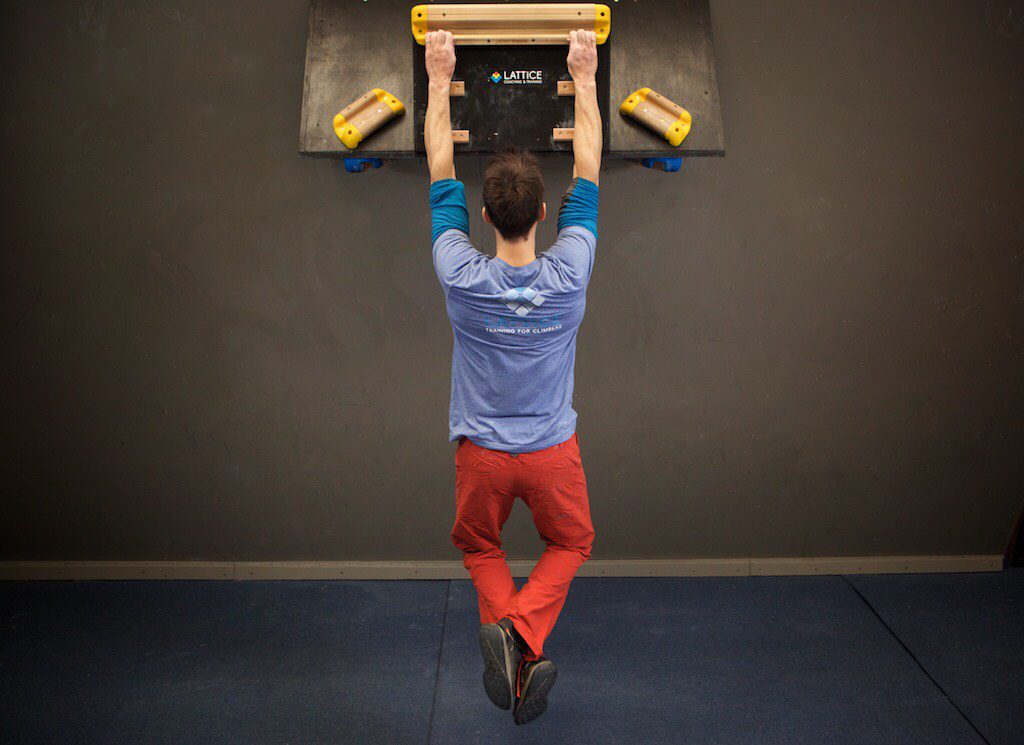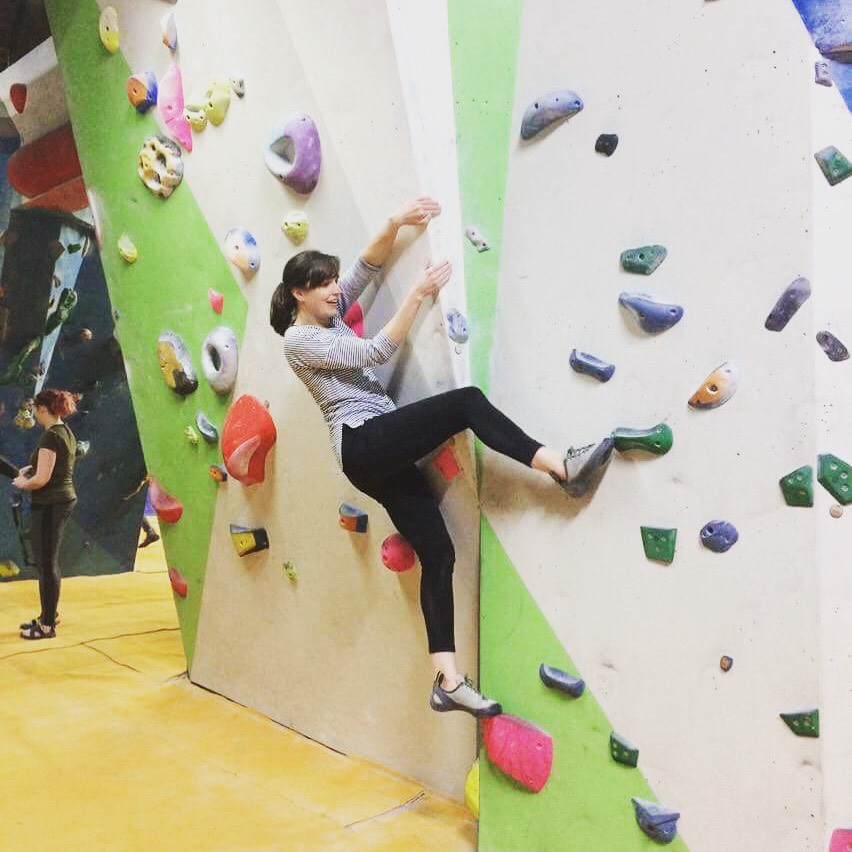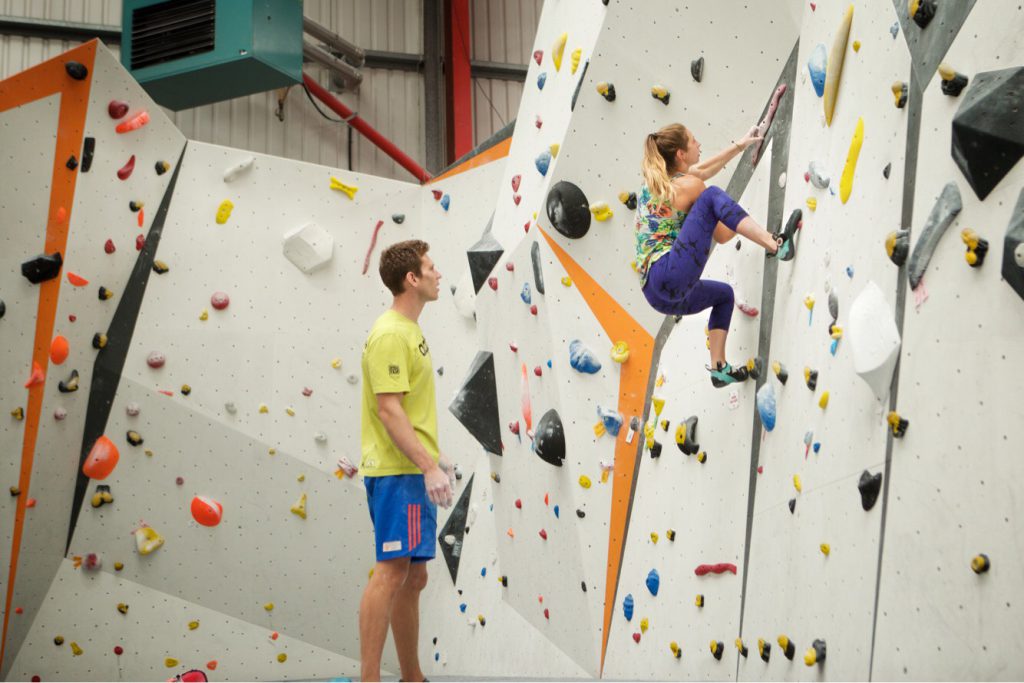Top 5 Biggest Training Mistakes Climbers Make
One of the privileges of working with thousands of climbers and their plans over the last 10 years is that you get to pick out patterns and habits that cause certain results. We obviously all know that everyone’s a little different from the next person, but there are some key behaviours that we’ve seen leading to poor performance and limited training gains.
The list below is certainly not an exhaustive list nor one that applies to one gender or age group more than another. It’s more of a reminder of some of those key things you may need to check that you’re not falling into a trap on. If you’re a really friendly climber, you’ll do this on your friends as well as yourself as feedback is incredibly useful on these factors.
1. Training fingerboard or campus at the end of the session
This is possibly the number one mistake that we see beginner and intermediate climbers make! What happens is that they do a nice long climbing session (boulder or routes) and then right at the end once they’re pretty tired, they hop on a campus board or fingerboard to try and work their strength. Don’t! The trouble with this, is that you’re creating two main
problems. One, is that you’re working at the very highest intensity you can manage whilst fatigued on soft tissues structures, so the injury risk increases. The other issue is that when tired, you’re not able to operate at your true maximal force potential. Put simply, you’re not going to overload the muscle tissues in an appropriate way to bring about the best strength
gains.

2. Taking less than a week of relative rest once a month. Yes, once a month!
We all love climbing, whether it’s training, performing or just doing it for fun. This often means that climbers end up climbing week in, week out, all year long. Every month is a full- on effort of trying their hardest, always doing the same number of sessions and often repeating the same climbing and training habits. Unfortunately, the body doesn’t respond that well to this approach as you become desensitised to the same training stimulus eventually and also you’re never allowing your body and mind time to rest. Rest is absolutely key – it’s what allows you to get stronger and fitter once you’ve climbed and is the opposite and equally worthwhile side of the “training coin” that we flip each week.
3. Working too hard and too often
In the sports industry there’s a bit of a macho image that we have to “go at it” non-stop every session and that more sessions are always better. This is certainly not the case! Understanding the rewarding balance between easy and hard sessions (and when you do them) is one of the most useful things you can do with your athletic progression. Intelligent and effective training program design will assign you hard sessions, easy sessions during the
week and also hard weeks and soft weeks during the month!

4. Training junk mileage in your specialisation
Every climbing specialisation has training protocols that are valid and useful and others that all much less useful! There are of course some subtleties in this, but whether you’re a boulderer or a route climber, it will have a big impact on what sessions you choose to do (strength endurance training for example). Tied into this, is the timing issue through the
year as well, as some sessions are more valid during certain parts of the training cycle. A classic mistake in this category that we see climbers doing, is when route specialists spend all of their off-season training endurance at a mid-intensity where you’re just about in control, but a long way from total max pump or from being able to chat easily on the wall. Think about why you’re doing that session and what you’re aiming to achieve!

5. Climbing on the same angles of terrain
All of us have a preferred style of climbing, which we know we naturally excel at and enjoy. This is all well and good, but interestingly, this also tends to sneak its way into our training habits and sessions. For example, many “strong for the grade” climbers out there, love training on steep boards! In a training sense, this can be a mistake as you become so well adapted to performing on certain hold sizes and movement engrams that you’ll then
struggle to effectively transfer training gains onto more vertical walls, slabs and perhaps technical aretes/grooves for example. This means overall, the best improvements can be achieved by training and practising on a solid variety of terrain and hold types – we know it takes a bit of thinking about, but it’s well worth it!







Hi, for the week of relative rest once a month should we include some relatively easy climbing sessions or have a total rest from climbing for the week? For me specifically I climb/train 3-4 times a week for bouldering. Many thanks, rob.
Drinking alcohol and a poor diet on the reg, over working in jobs helps too!
Thank you Tom for these helpful tips. Do you mean with tip number four that it’s a mistake to only spend time on one key perfomance factor (in this case aerobic capacity of the forearms)? And therefore ignoring other important aspects like power endurance, strength etc.
Or do you mean that this ‘classical’ way of endurance training, which is often described in training books and articles, is not optimal for improving climbing specific aerobic capacity?
The precending question also popped up in my mind, because in the crimp’d app I have noticed the endurance training is more focused on higher intensity interval training.
Very agree. I would add climbers are asking ever about the flash instead of trying to discover it by they self